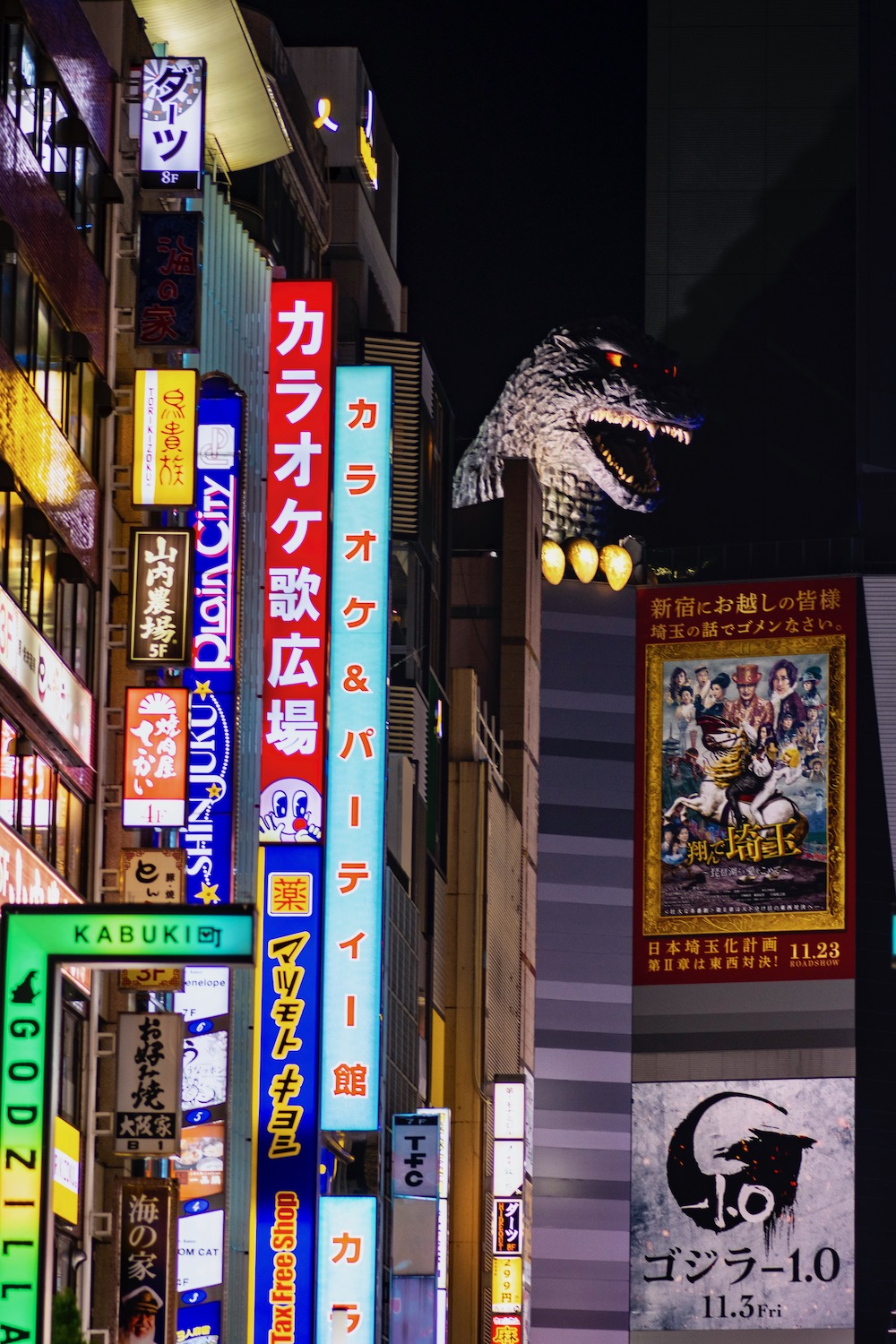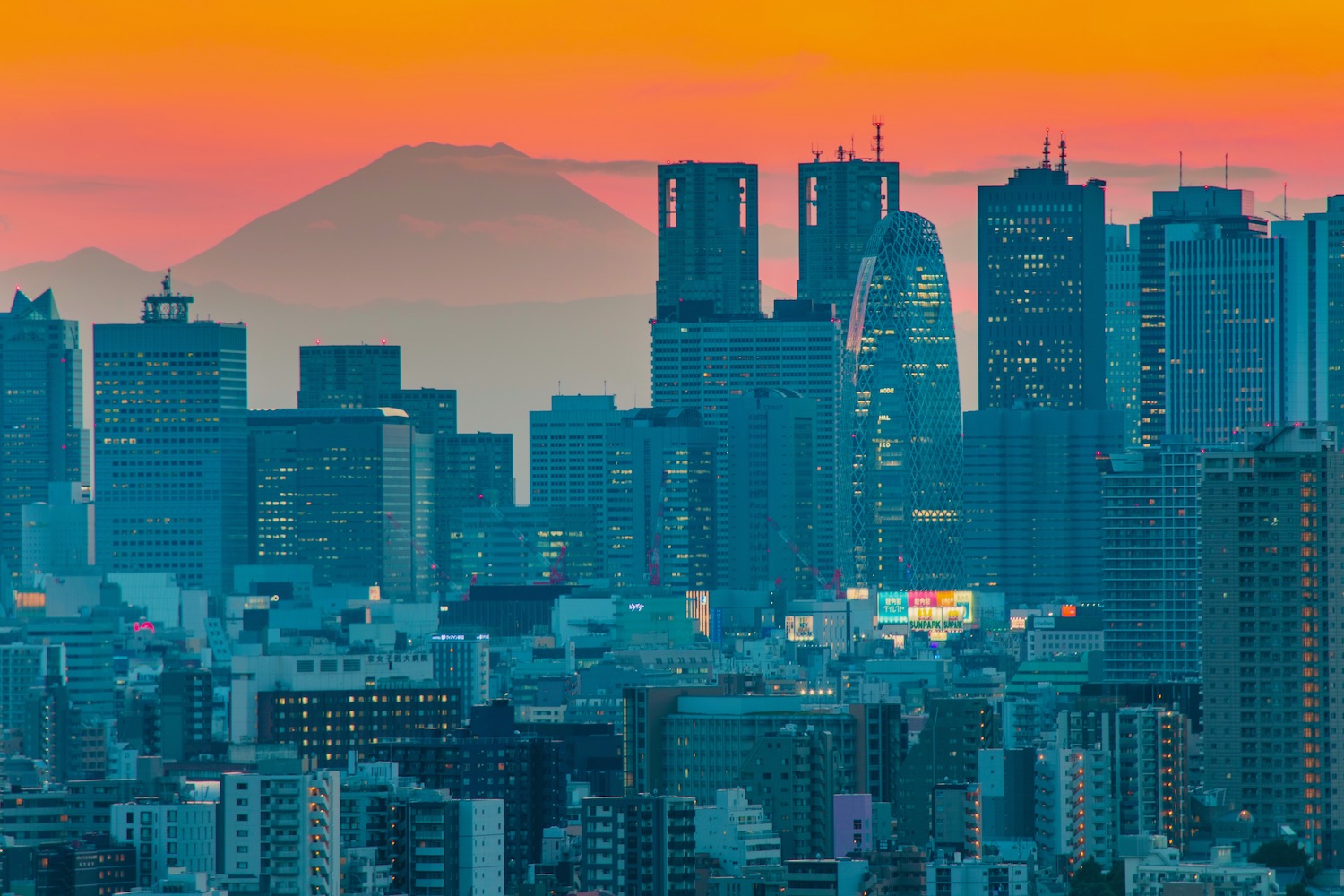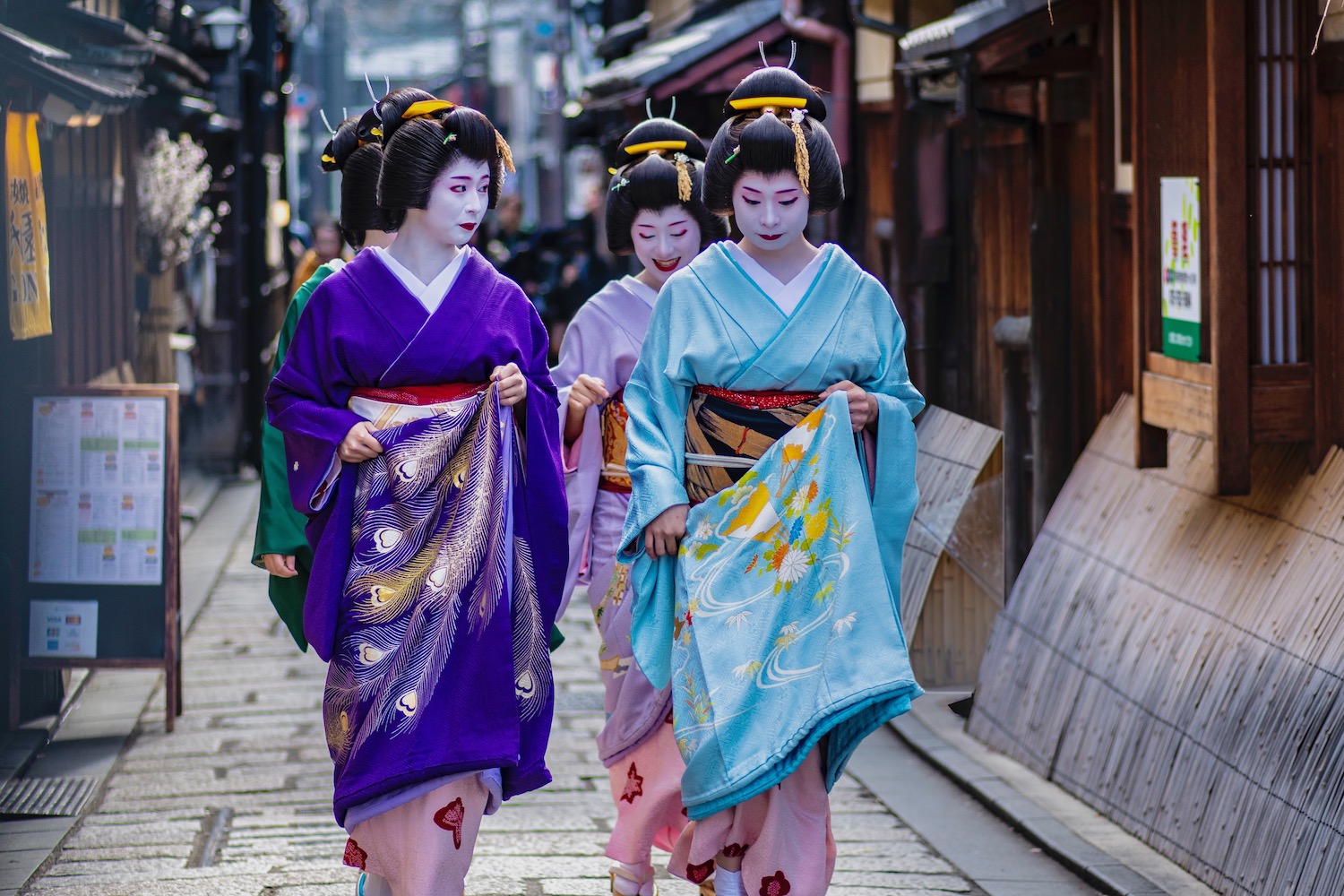Tokyo and Kyoto are two of Japan’s most misunderstood cities—which is curious, when you consider that they’re the two most-visited ones, by far.
The general thinking (at least for the un-initiated) goes that futuristic Tokyo is a massive city, arguably to such an overwhelming extent that you need at least a week there to scratch the surface. Ancient Kyoto, by contrast, is small and easily manageable, and tranquil on top of that.
Needless to say, a big part of my comparison of Kyoto vs Tokyo will be about debunking falsehoods and contextualizing over-simplifications. But I hope it’s more than that, as well.
Why Kyoto and Tokyo Are Japan’s Top Two Destinations
For many travelers, Tokyo and Kyoto—or, at least, their pre-travel perceptions of the two cities—are the perfect yin-yang combo to start their trips. Whereas Tokyo is the world’s largest city, with a quantity of Michelin-starred restaurants exceeded only by the number of neon signs it’s home to, traditional Kyoto is a low-rise idyll replete with ancient temples, tranquil bamboo forests and haunting rows of vermillion torii gates. Or something like that.
Now, I of course don’t contest the fact that Tokyo is very different from Kyoto, and that the cities complement each other well for a whole host of reasons. But I’m not sure that the simplistic narratives surrounding the two cities sets accurate expectations for each. People often expect Kyoto to be calmer and less crowded than it is in real life, and for Tokyo to be much more insurmountable than it truly is.





Ways to Compare Kyoto with Tokyo
Expanse
Tokyo is absolutely massive, with even the core “23 wards” stretching from Shibuya in the west to Taito in the east, and from Arakawa in the north to Ota in the south. It can take an hour or longer to cross the city in any direction! However, Kyoto also covers a lot of land area, in spite of not having as many high-rises. Historical Higashiyama is around an hour by train east of lush Arashiyama, and more than 30 minutes north of Fushimi.
Getting there and around
While it isn’t hard to reach either Kyoto or Tokyo, only Tokyo is directly accessibly by air: Getting to Kyoto requires you to fly to Osaka’s Itami or Kansai airports (presuming you don’t just take a Shinkansen from Tokyo). Likewise, while Tokyo has 13 metro lines and dozens of urban rail lines, Kyoto boasts just a few railways (JR, Keihan and Hankyu) and two subway lines that only cross at a single point; buses are the most useful local transport.
Things to do
Things to do in Tokyo are arguably more eclectic than those in Kyoto. In Tokyo, for example, you can follow up a sushi breakfast at Tsukiji Outer Market with lunch in historical Asakusa, dessert along zany Takeshita Street and sunset drinks in futuristic Shinjuku or Shibuya. Kyoto is more one-note—most attractions, from the Kinkaku-ji Golden Pavilion in the north, to Tofuku-ji temple in the south—have some kind of historical feel.
Hotels
Whether in Tokyo or Kyoto, you have a wide range of hotels to choose from. In Tokyo, these range from upscale properties like Hotel the Celestine Ginza, to business hotels like Hotel Richmond Asakusa, to capsule hotels like nine hours Hamamatsucho. Likewise, Kyoto accommodation runs the gamut, from the five-star Dhawa Yura Kyoto, to ryokan like Ryokan Karaku, to budget hotels like Sotetsu Fresa Inn Kiyomizu-gojo.
Day trips and excursions
Both Japan’s current capital and its former one make great bases for exploring their surrounding regions—Kanto and Kansai, respectively. In Tokyo, you can head for the hills and visit Nikko, to the sea and see Kamakura or even to the Fuji Five Lakes region at the base of Mt. Fuji. From Kyoto, meanwhile, popular day trips include the deer-filled city of Nara, superlative Himeji Castle and even Osaka (often paired with a wa-gyu lunch in Kobe).





How Many Days Do You Need in Kyoto? What About Tokyo?
Kyoto might not have as many skyscrapers as Tokyo, but you have to cover a lot of ground to see the whole place. When you combine central Kyoto districts like Higashiyama, Arashiyama and Fushimi with day-trip destinations like Fushimi and Uji (and, optionally, Himeji, Kobe and Osaka), you quickly approach a situation where you need a minimum of 4-5 days just to scratch the surface of the Kansai region.
Conversely, while Tokyo is indeed huge, you really only need a full day or two in its city center to get the gist, including ancient Asakusa, futuristic Shinjuku and Shibuya, the youthful districts of Akihabara and Harajuku, and the impossible sophisticate of upmarket Ginza. I usually recommend a total of 4-5 days in Tokyo, presuming that you will take day trips to destinations like Kamakura, Nikko and the Fuji Five Lakes.
Other FAQ About Visiting Tokyo and Kyoto
Which is better to visit, Tokyo or Kyoto?
Neither Tokyo nor Kyoto is “better” than the other; I recommend visiting both during your trip to Japan. However, I recommend disabusing yourself of the narrative that Tokyo is too huge or crazy to digest during a short trip, or that Kyoto will necessarily be tranquil. Plan to explore both cities with as open a mind as possible.
Is Kyoto calmer than Tokyo?
Certain neighborhoods of Kyoto definitely feel calmer than Tokyo, particularly in the mornings and evenings when tour groups have either left or are not there yet, and locals are still inside their homes. However, Kyoto’s millions of annual visitors mean that in spite of mostly lacking high-rise buildings, Kyoto can feel like a very big city indeed.
Is Kyoto more expensive than Tokyo?
Prices in Kyoto are pretty similar to those in Tokyo, for the vast majority of travelers. The main difference is that while in Kyoto, expensive hotels tend to be more ornately traditional or opulent in the scope of service, what you really pay for in Tokyo (which is one of the world’s most crowded cities) is floor space.
The Bottom Line
To some extent, comparing Kyoto vs Tokyo is a fool’s errand. The cities are incredibly different from one another, apart from the fact that both have served as Japan’s capital. My goal in writing this post is not to encourage you to visit one city and skip the other—you’ve likely already committed yourself to seeing both—but rather to help you set more realistic expectations. Tokyo is not so huge and unruly that you need to spend a week there to get a sense of the place; Kyoto, by contrast, is larger and more modern than its reputation might suggest. Want insights about travel in Japan that are more personalized? Consider hiring me to plan your Japan itinerary!






